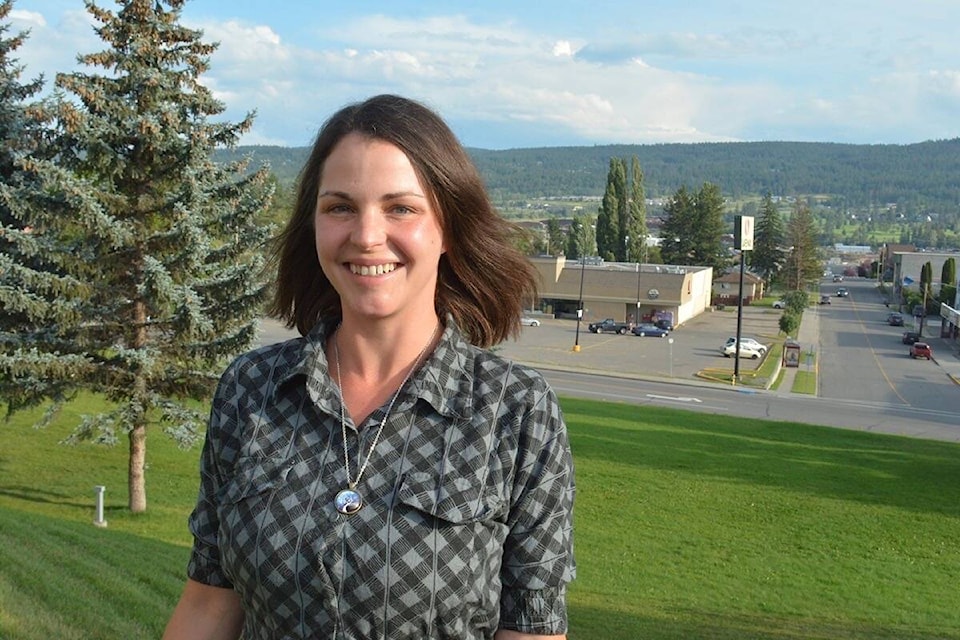Air pollution can be more prevalent in the winter months, as vehicle emissions and woodsmoke increase.
These pollutants are likely to become trapped in our airshed due to winter inversions, which cause the upper, warmer level of air to lock in cold air below it. As a result, air pollution gets caught in the cold air, causing our air quality to deteriorate.
Rather than an hour or two of high emissions a day, people often experience a significant and often prolonged level of particulate matter (PM), says Gavin King, air quality meteorologist for the Ministry of Environment and Climate Change Strategy.
“Inversions happen regularly through the winter and that’s why we generally say winter is the most significant for chronic exposure to PM,” King says. “Inversions can stay for quite a long time. There’s nothing that can be done about an inversion to make it go away, so you have to look at your emission sources.”
Some notable sources include vehicle emissions and woodsmoke.
While many of us need our vehicles to get around and some of us rely on wood heat, we can still help reduce their impacts as best we can.
This includes avoiding unnecessary idling of your vehicle, driving less, and following proper wood burning practices or switching to cleaner heating sources.
For example, rather than running your engine for 15 minutes in the morning, use a block heater and scrape off your windshield.
While it’s a common belief one needs to idle their vehicle for a period of time to warm it up, doing so can actually be damaging to the engine, according to Phillip Bailey, who has been teaching automotive mechanics at Confederation College in Ontario for the last 29 years.
“It’s better off to start and drive at a moderate speed,” he says. “That way the entire drivetrain warms up.”
It’s also common to see vehicles idling in parking lots, schools, bus stops and other public areas. This not only contributes to overall poorer air quality, but directly exposes people to toxins, including carbon monoxide, nitrogen oxides, sulfur dioxide, hydrocarbons, benzene, and particulates. Children and those with underlying health issues are especially vulnerable.
In the Cariboo, some of us rely on woodstoves to keep our homes warm. If one must use woodstoves for heating, there are still ways to help reduce pollutants from entering our airshed.
Markus Kellerhals, senior air quality science officer for the Ministry of Environment and Climate Change Strategy, says this includes using an EPA or CSA certified woodstove, which is more energy efficient and produces less smoke and particulates than traditional woodstoves.
“In terms of burning practices, one of the biggest things is to properly season the wood,” Kellerhals adds. “Burning wet wood can dramatically increase the smoke production.”
He says to also only burn wood and a bit of paper – never dryer lint, garbage or other materials.
If you use wood heat during the winter, ensure you use a CSA certified wood stove and burn only dry wood and some paper, to avoid excess pollutants from entering your home and our airshed.
As well, people may consider choosing even cleaner options, such as heat pumps, as a primary source of heat. Various rebates and incentives are available. For more info, visit https://www.betterhomesbc.ca/ and https://www.bchydro.com/powersmart/residential/rebates-programs/home-renovation/renovating-heating-system/fuel-switching.html.
